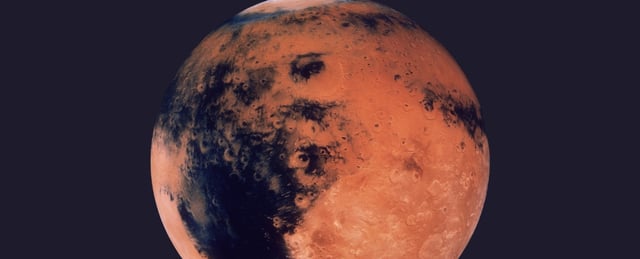Overview
- Martian dust contains toxic substances like silica, perchlorates, and metals, which can cause respiratory diseases, thyroid dysfunction, and other health issues for astronauts.
- The fine and sharp particles of Martian dust can penetrate deep into the lungs, entering the bloodstream and increasing risks of long-term health problems similar to asbestos exposure.
- Dust storms on Mars can blanket the planet, disrupting solar panels, scientific instruments, and other mission-critical equipment, as seen in past robotic mission failures.
- Mitigation strategies, including air filtration, self-cleaning suits, and electrostatic technologies, are essential but require careful logistical planning, such as ensuring sufficient replacement filters.
- Experts remain optimistic that Martian dust hazards are manageable with interdisciplinary solutions, ensuring the feasibility of future crewed Mars missions despite significant challenges.


